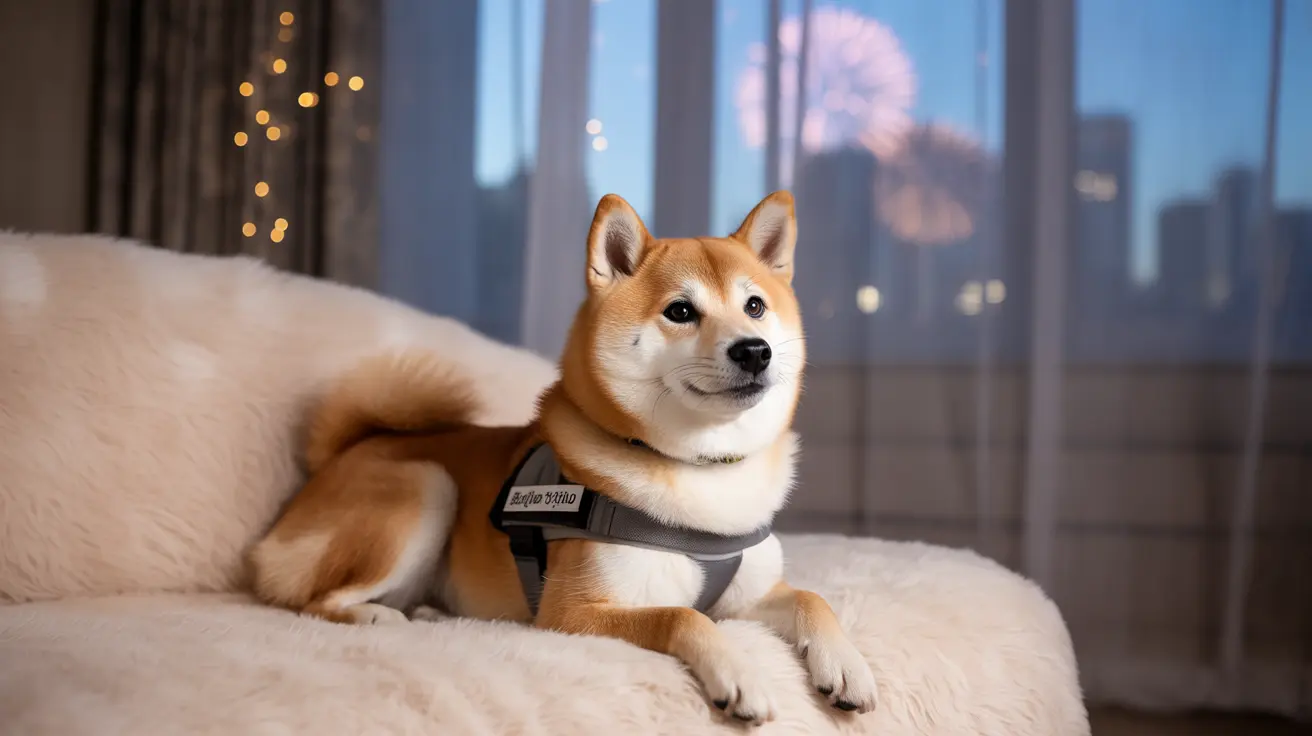Is It Okay to Look Your Dog in the Eyes?
Pet owners often wonder whether it’s appropriate—or even safe—to look their dogs in the eyes. Dogs are deeply social animals and communicate using a range of visual cues. Eye contact is one of these cues, and understanding what it means can help improve your relationship with your dog. In this comprehensive article, we’ll explore how eye contact affects dogs and how to read and respond to your dog’s gaze appropriately.
The Significance of Eye Contact in Dogs
Unlike humans, who generally view eye contact as a sign of attention and connection, dogs can interpret a direct stare in several different ways depending on the context.
- Friendly or Loving Eye Contact: When your dog is relaxed and looks into your eyes softly, this can signal trust and affection. Scientific studies have shown that mutual gazing can increase oxytocin levels in both dogs and humans, promoting bonding.
- Confrontational Eye Contact: A hard, unblinking stare—especially in unfamiliar or stressful situations—may be seen as a threat. Dogs may perceive this as a challenge, potentially leading to defensive behavior.
- Submissive Avoidance: Some dogs may avoid eye contact as a sign of respect or submission, especially in response to dominant body language.
When Eye Contact is Healthy
For pets that trust their owners and feel safe, gentle eye contact can have positive emotional effects. Here’s when making eye contact is beneficial:
- During Training: Eye contact can indicate that your dog is paying attention, which is highly useful for obedience training.
- To Show Affection: Calm, relaxed gazing during downtime reinforces your bond with your dog.
- For Communication: Dogs often use their eyes to signal needs or feelings. Recognizing when your dog is asking for something or signaling discomfort helps build mutual understanding.
Signs Your Dog Enjoys Eye Contact
- Wagging tail or relaxed posture while looking at you
- Soft eyes and blinking
- Maintaining eye contact momentarily before looking away calmly
Signs Your Dog May Be Uncomfortable
- Stiff body or ears back
- Direct, hard stare without blinking
- Growling, barking, or turning their head away
- Licking lips or yawning excessively
How to Make Eye Contact Safely
- Let It Happen Naturally: Allow your dog to initiate eye contact instead of forcing it.
- Use Soothing Cues: Speak gently and offer treats when your dog looks at you, especially during training.
- Avoid Staring Into Their Eyes: Staring too intently can come off as aggressive. Blink regularly and keep your facial expression relaxed.
- Watch Their Body Language: Tail wagging, loose body movements, and ears in a neutral position usually indicate it’s safe to maintain eye contact briefly.
Different Breeds, Different Reactions
It's important to consider that different breeds and individual temperaments influence how a dog reacts to eye contact. Some working breeds like Border Collies use eye contact to control livestock and are more comfortable holding a gaze, while others may find it intimidating.
Puppies and Socialization
Early socialization plays a big role in how comfortable a dog is with eye contact. Puppies that are gently exposed to regular human interaction learn to associate eye contact with positive experiences.
What the Science Says
Studies, such as those published by researchers at Azabu University in Japan, show that mutual eye contact between dogs and humans increases oxytocin levels—the same hormone that helps mothers bond with infants. This hormonal response helps explain the deep connection enjoyed by many pet owners and their dogs.
When Not to Make Eye Contact
- When approaching an unfamiliar dog
- If a dog is nervous or fearful
- During aggressive confrontations
- If the dog shows signs of discomfort or stress
Conclusion
Looking into your dog's eyes can be a powerful way to communicate and bond—when done correctly. Gentle, relaxed eye contact strengthens trust and reinforces your emotional connection. However, it's crucial to read your dog’s body language and behavior carefully. Knowing when eye contact is welcome and when it’s not helps ensure your interactions are positive and respectful.
By developing a better understanding of how dogs perceive eye contact, pet owners can more effectively communicate with their furry companions, contributing to a stronger and more trusting relationship.





